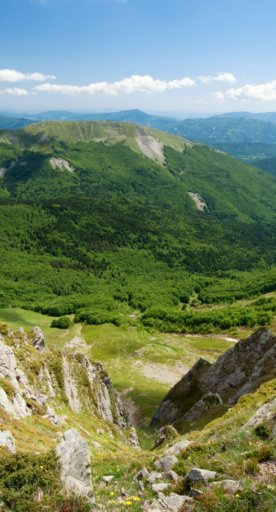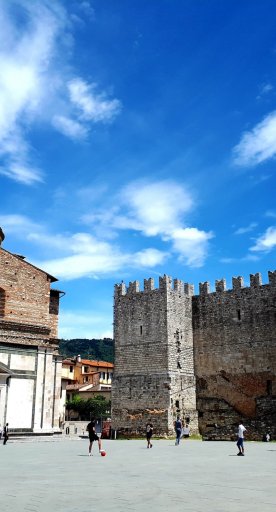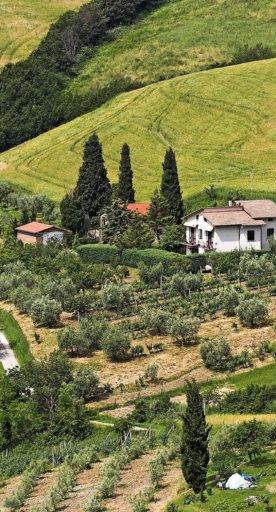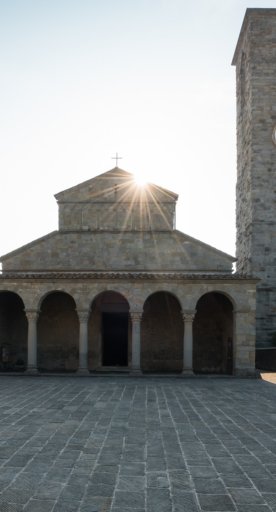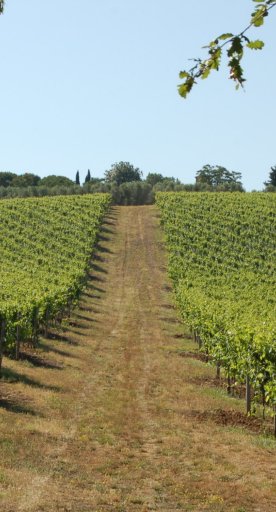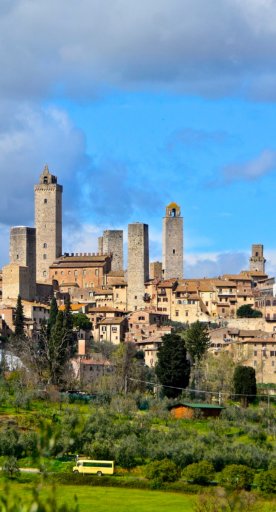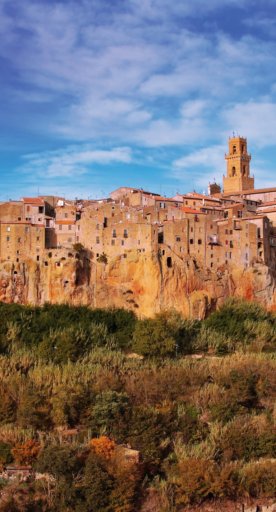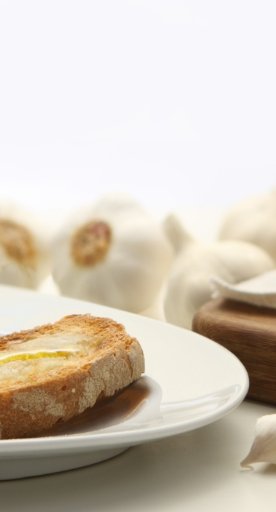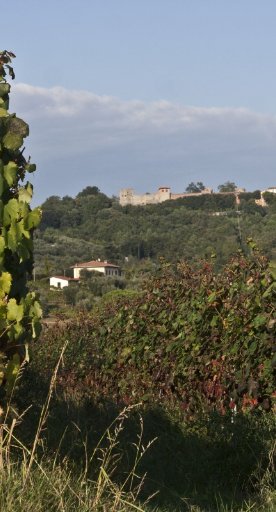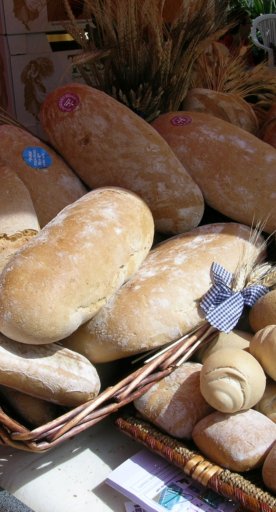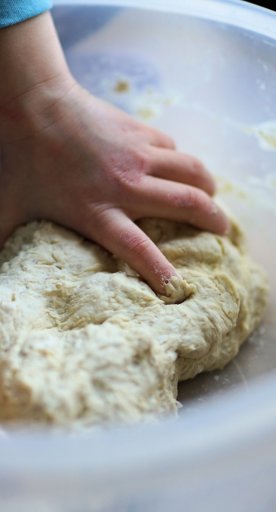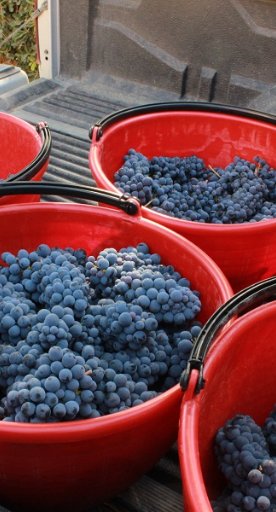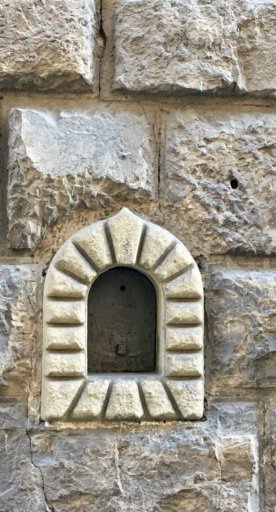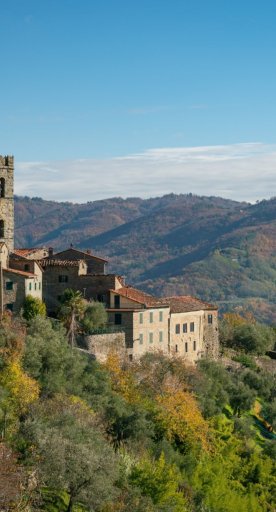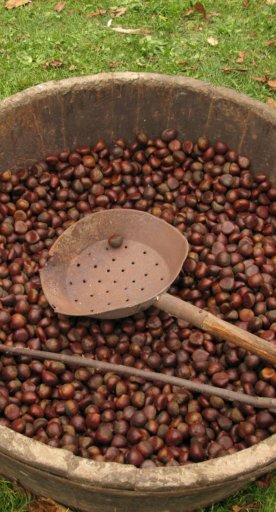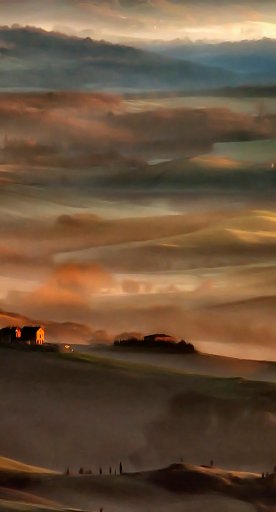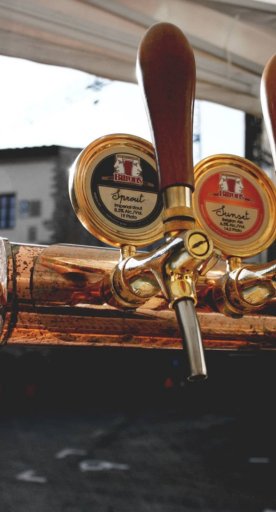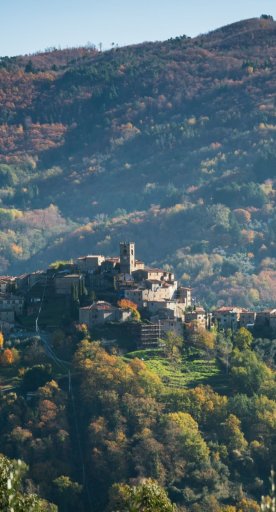
10 Nativity Scenes in Renaissance art
10 famous artworks painted by Tuscan artists from the 13th through 15th centuries
With Christmas coming up, what better time than to remember the Life of Christ represented in the paintings of the Tuscan Renaissance. The theme of the Nativity, and the related narration of the Adoration of the Shepherds, was a favoured topic of Renaissance patrons and painters, useful year-round and in just about any religious or domestic context. Here are ten of these paintings, held in collections worldwide, painted by Tuscan artists from the 13th through 15th centuries.
-
1.Fra Angelico
-
2.Bartolo di Fredi
-
3.Botticelli
-
4.Francesco di Giorgio Martini
-
5.Gentile da Fabriano
-
6.Ghirlandaio
-
7.Masaccio
-
8.Lorenzo Monaco
-
9.Leonardo
Fra Angelico

These simple frescoes in the friars' cells in the convent of San Marco were painted by Fra Angelico and his workshop in the early 1440s. The only decoration in an otherwise small and basic space, they were intended for meditation. Benozzo Gozzoli is really more likely the more responsible artist for this fresco, based on its more decorative aspects and the thicker application of paint characteristic of Benozzo.
Bartolo di Fredi

Bartolo di Fredi was commissioned to paint this panel by the Company of Saint Peter on May 9, 1383, for the Chapel of the Annunciation in the Church of S. Francesco in Montalcino, where the artist had already painted other works. The polyptych has since been broken up, and parts of it can be seen in various museums. This piece is in the Pinacoteca Vaticana.
Botticelli

A rather complex work full of Savonarolian symbolism and rather little base in narrative reality.
Francesco di Giorgio Martini

The Nativity with two angels, Sts Bernard and Thomas of Aquino (more properly an Adoration of the Child) is the only signed work of the Sienese master Francesco di Giorgio Martini.
Gentile da Fabriano

This large altarpiece in the "International Gothic" room of the Uffizi has always been one of my favourites. It's contemporary with the newer style being produced by Masaccio, yet still includes the flourishes of the international style that dominated the rest of Europe. But Gentile was already bringing in elements of naturalism, like the way that light is treated in the dark predella scene of the Nativity (below the main scene of the Adoration).
Ghirlandaio

This large (285 x 240 cm) panel is currently held in the hospital's museum. Commissioned in 1485 by the prior (a kind of director) of the museum, the patrons were very careful to specify that they wanted the hand of the master directly involved in the work, and not that of his workshop assistants whose intervention was limited to the predella.
Masaccio

Birth trays like this wooden one from the first quarter of the 15th century were common objects in patrician households. They were given to women often before or during pregnancy; their imagery was believed to encourage the healthy delivery of a baby boy. They often show scenes of birth or naked baby boys, with family/heraldic symbols as well. This is a particularly high quality example, being by the famous painter Masaccio; that the author of the Brancacci chapel frescoes would paint a domestic object should also make us reconsider what is known as "decorative art", for clearly this was an important object in Renaissance family life.
Lorenzo Monaco

For the church of Sant'Egidio in Florence, this Carmelite monk's style is a bright International Gothic that delights in colours and improbable swirls of drapery.
Leonardo

This unfinished panel in the Uffizi is nonetheless a masterpiece of the Florentine Renaissance. Observe the application of Albertian principles to draw the view in (the figures looking out at us or gesturing at us to look in), Leonardo's own theories about creating dramatic contrasts between figural types (young and old, beautiful and harsh), and Renaissance rules of geometry, like the strong triangle created by the central figures. In its unfinished state this panel also teaches us about the mater's technique of working on a dark panel and building up first the shadows, then the colour.











